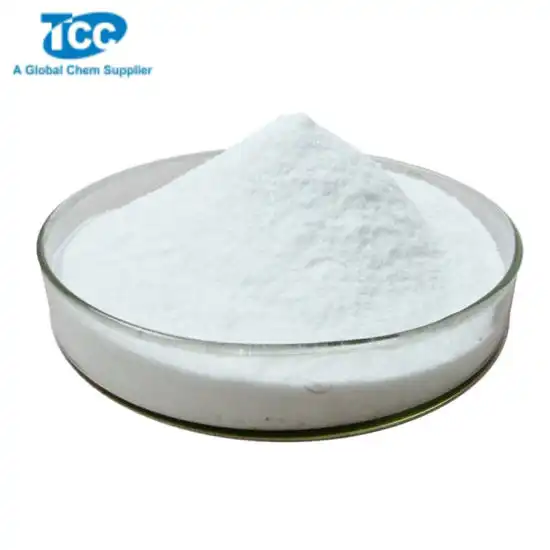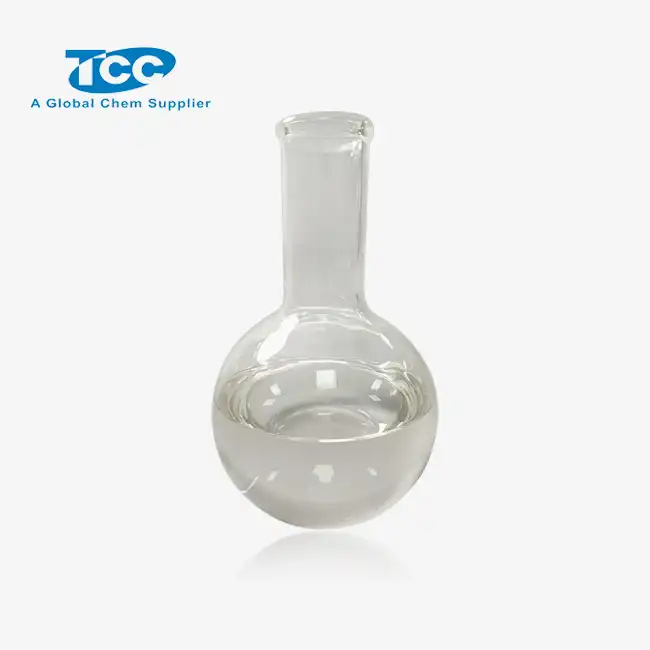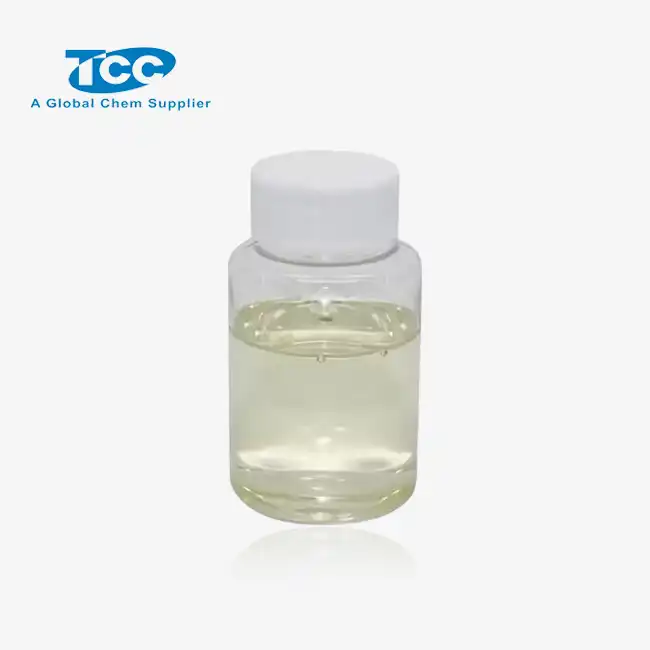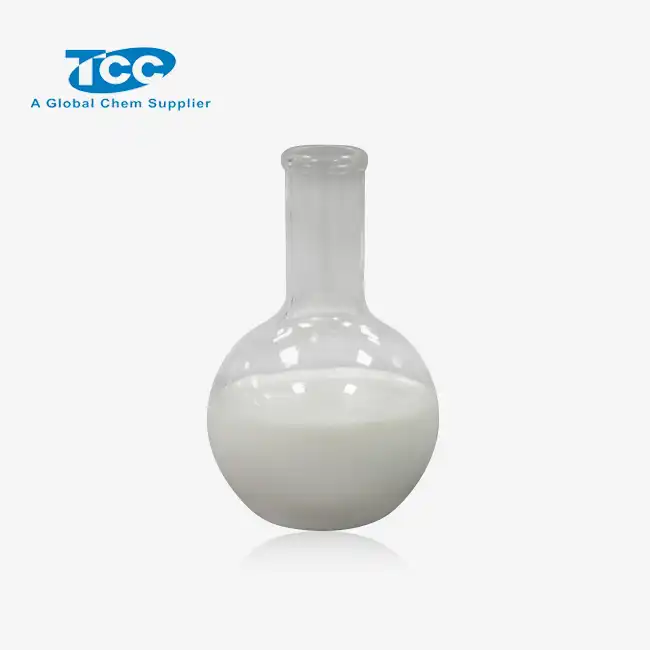- English
- French
- German
- Portuguese
- Spanish
- Russian
- Japanese
- Korean
- Arabic
- Greek
- German
- Turkish
- Italian
- Danish
- Romanian
- Indonesian
- Czech
- Afrikaans
- Swedish
- Polish
- Basque
- Catalan
- Esperanto
- Hindi
- Lao
- Albanian
- Amharic
- Armenian
- Azerbaijani
- Belarusian
- Bengali
- Bosnian
- Bulgarian
- Cebuano
- Chichewa
- Corsican
- Croatian
- Dutch
- Estonian
- Filipino
- Finnish
- Frisian
- Galician
- Georgian
- Gujarati
- Haitian
- Hausa
- Hawaiian
- Hebrew
- Hmong
- Hungarian
- Icelandic
- Igbo
- Javanese
- Kannada
- Kazakh
- Khmer
- Kurdish
- Kyrgyz
- Latin
- Latvian
- Lithuanian
- Luxembou..
- Macedonian
- Malagasy
- Malay
- Malayalam
- Maltese
- Maori
- Marathi
- Mongolian
- Burmese
- Nepali
- Norwegian
- Pashto
- Persian
- Punjabi
- Serbian
- Sesotho
- Sinhala
- Slovak
- Slovenian
- Somali
- Samoan
- Scots Gaelic
- Shona
- Sindhi
- Sundanese
- Swahili
- Tajik
- Tamil
- Telugu
- Thai
- Ukrainian
- Urdu
- Uzbek
- Vietnamese
- Welsh
- Xhosa
- Yiddish
- Yoruba
- Zulu
ATMP Acid: A Game-Changer for Oilfield Production?
As the gas production industry changes all the time, new ways to improve efficiency and output are always being looked for. One exciting new development is the use of ATMP Acid (Amino Trimethylene Phosphonic Acid) in different parts of oil extraction and well upkeep. A lot of people have been interested in this strong chemical substance lately because it is useful in the oil and gas business. Oilfield administrators have a part of issues, like scale arrangement, erosion, and moo yield proficiency. ATMP Corrosive has appeared a parcel of guarantee in making a difference them unravel these issues. As the gas production industry changes all the time, new ways to improve efficiency and output are always being looked for. One exciting new development is the use of ATMP Acid (Amino Trimethylene Phosphonic Acid) in different parts of oil extraction and well upkeep. A lot of people have been interested in this strong chemical substance lately because it is useful in the oil and gas business.
ATMP's Role in Enhanced Oil Recovery
Scale Inhibition in Oil Wells
ATMP Acid is very important for stopping scale from building up in oil wells, which is one of the biggest problems in oilfield output. Scale forms on well equipment and pipes when mineral deposits build up on their surfaces. This can make it very hard for oil to move and lower the overall efficiency of production. ATMP Acid's unique chemical structure allows it to effectively bind with scale-forming ions, preventing them from crystallizing and adhering to surfaces. Because of this, ATMP Acid is a very useful tool for keeping oil wells in good shape and producing oil. ATMP Acid helps keep the oil flow steady by stopping scale buildup. This means that fewer expensive well operations are needed, and the equipment lasts longer. Scale prevention with ATMP Acid has worked amazingly well in a wide range of oilfield conditions, showing how versatile and useful it is in dealing with this widespread problem.
Corrosion Control in Oilfield Equipment
One of the most significant uses of ATMP Acid in the oilfield is corrosion control. Costly repairs and production downtime can result from oilfield equipment quickly deteriorating due to the extreme circumstances found in oil wells, which include high temperatures, pressures, and corrosive compounds. ATMP Acid is a great corrosion inhibitor because it can form stable complexes with metal ions. When applied to oilfield equipment, ATMP Acid creates a protective layer on metal surfaces, shielding them from corrosive elements present in the well environment. Wells and pipelines are kept structurally healthy and crucial equipment lives longer with this preventative approach. By reducing corrosion rates, using ATMP Acid makes operations safer, maintenance costs lower, and production efficiency higher. Chemical treatment procedures for the oilfield often include ATMP Acid due to its effectiveness in avoiding corrosion.
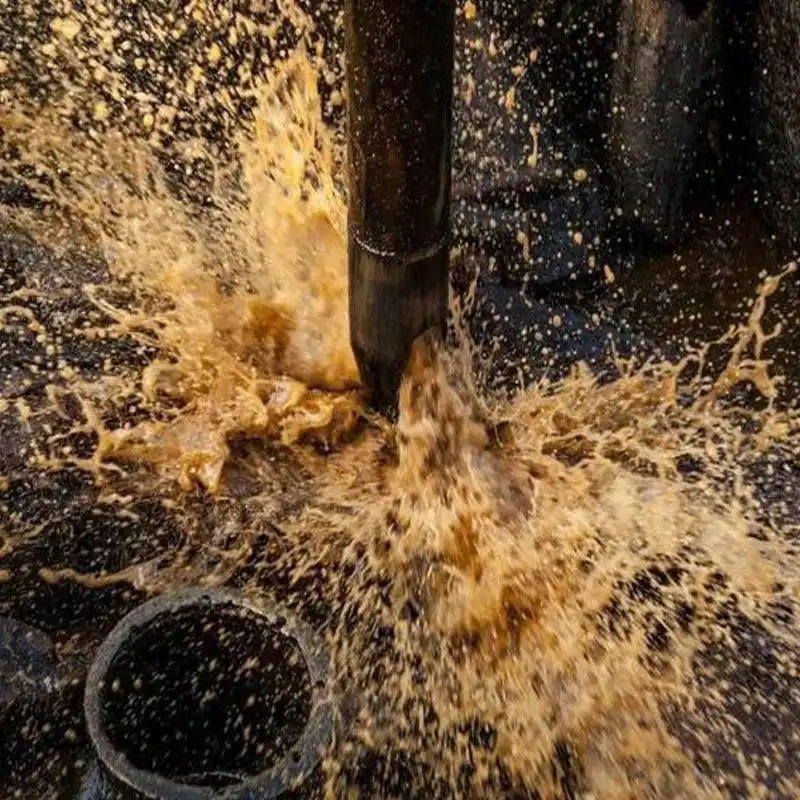
Enhanced Oil Recovery Techniques
Improved oil extraction from existing fields is now within reach, according to ATMP Acid's promising results in enhanced oil recovery (EOR) techniques. To improve oil relocation and alter the characteristics of supply liquids, ATMP Corrosive is a component of complicated chemical definitions utilized in EOR applications. Because of its potential to change rocks' wettability and bind metal particles, the corrosive is a priceless asset in chemical flooding tactics. When injected into the reservoir, ATMP Acid can help mobilize stored oil by lowering the interfacial tension between the oil and water. This, in turn, makes it easier to get more oil. By restraining scale and erosion, ATMP Corrosive not as it were makes EOR operations more fruitful generally, but it moreover makes a difference to guarantee that infusion and generation wells stay intaglio all through the process. Using ATMP Corrosive in EOR methods is anticipated to ended up more critical as the industry centers on collecting remaining oil from develop areas. It is a very important instrument for extending the productive life of oilfields and getting the most out of assets.
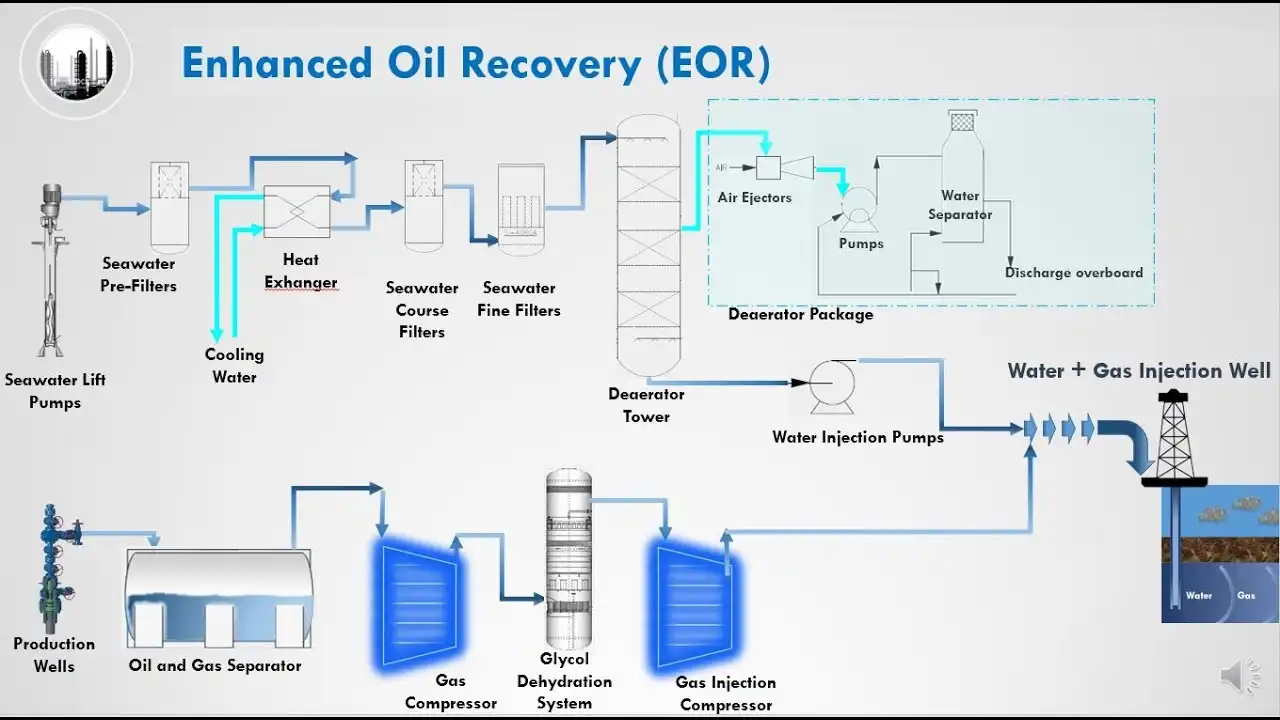
Overcoming Challenges: ATMP in High-Temperature Wells
Thermal Stability of ATMP Acid
Managing the tremendous temperatures seen in deep and high-temperature wells is one of the biggest problems in oilfield production. Because it is so stable under high temperatures, ATMP Acid has been a useful tool in these tough conditions.ATMP Acid keeps its structure and function even when exposed to high temperatures, unlike certain other oilfield chemicals that break down or lose their potency. This thermal stability makes sure that ATMP Acid can still do its important jobs of preventing scale, controlling corrosion, and improving oil recovery even in wells where the temperature is over 200°C. ATMP Acid can withstand these extreme conditions without breaking down. This not as it were makes oilfield work more productive, but it moreover implies that chemical medications do not have to be done as frequently, which spares cash and keeps generation streaming. As the oil and gas sector looks for reservoirs that are deeper and hotter, the thermal stability of ATMP Acid becomes more and more important for managing chemicals in the oilfield.
pH Tolerance in Acidic Environments
Another key thing to know about how effectively ATMP Acid works in high-temperature wells is how well it can manage fluctuations in pH, especially when the pH is low. Many oilfield operations use acidic treatments to boost production or get rid of scale deposits, which stops chemical additives from working. ATMP Acid is very stable across a wide variety of pH levels, and it stays effective even in very acidic settings, which is frequent in well stimulation treatments. Because ATMP Acid can handle a wide range of pH levels, it can be used with different acidizing methods without losing its ability to stop scale buildup and control corrosion. The corrosive can too work viably in locales with a moo pH, which makes it advantageous in other oilfield circumstances, like acrid gas wells and arrangements where liquids are actually acidic. ATMP Acid can change the pH level, which makes it easier and more effective to handle chemicals in tough oilfield settings. This leads to higher overall production results.
Compatibility with Other Oilfield Chemicals
ATMP Acid works even better in high-temperature wells since it works well with a lot of other oilfield chemicals. This compatibility is very important for complicated well treatments that typically need the use of several chemical additives at the same time to solve different production problems. When mixed with other scale inhibitors, corrosion inhibitors, and EOR chemicals, ATMP Acid shows synergistic effects that frequently make chemical treatment programs work better overall. ATMP Acid is a useful ingredient in chemical formulations for high-temperature wells because it can form stable complexes with metal ions without changing the way other additives work. This interoperability lets oilfield operators come up with more complete and effective treatment plans that deal with several problems with one well-optimized chemical package. As oilfield operations get more complicated, the ability of ATMP Acid to work with other chemicals becomes more and more important. This lets for more advanced and customized ways to manage wells and improve production.
Future Prospects: ATMP in Sustainable Oil Extraction
Biodegradability and Environmental Impact
People are becoming more worried about how the oil and gas industry affects the environment, thus the biodegradability and ecological profile of oilfield chemicals are becoming more significant. ATMP Acid has promise in this area since it strikes a good mix between being effective and being good for the environment. While not rapidly biodegradable, ATMP Acid undergoes gradual decomposition in the environment, breaking down into less harmful compounds over time. This feature helps reduce the buildup of harmful substances in the environment over time and the possible ecological concerns that come with using it. Also, because ATMP Acid works so well at stopping corrosion and scaling, you don't need as much to get the results you want, which lowers the overall chemical footprint of oilfield operations. The natural points of interest of ATMP Corrosive position it as a key component in future economical oil extraction methodologies, which are being driven toward more ecologically inviting hones by administrative necessities and corporate supportability initiatives. Methods to encourage the natural breakdown of ATMP Corrosive and its subsidiaries proceed to be a center of investigate. The objective is to make them more eco-friendly without relinquishing their capacity to work in oil areas. Methods to facilitate the environmental breakdown of ATMP Acid and its derivatives continue to be a focus of research. The objective is to make them more eco-friendly without sacrificing their capacity to work in oil fields.
Potential for Water Conservation in Oil Production
A key component of naturally dependable oil generation is water administration, and ATMP Corrosive has extraordinary guarantee as a apparatus in the battle against water shortage. To keep water treatment and reusing frameworks utilized in oilfield operations productive, scale hindrance capabilities of ATMP Corrosive are vital. By avoiding scale arrangement in hardware such as warm exchangers, layers, and pipelines, ATMP Corrosive makes a difference guarantee the smooth operation of water treatment offices, empowering higher rates of water reuse and reusing. When it comes to decreasing the natural affect of oil extraction, this information is particularly vital in districts where freshwater is rare. By hindering erosion, ATMP Corrosive makes water administration foundation more solid and long-lasting whereas at the same time lessening the probability of water squander and defilement. The general expectation is that ATMP Corrosive will play a pivotal role in promoting the adoption of closed-loop water systems and the advancement of water treatment technologies within the oil industry. By empowering proficient water administration, this will result in generation hones that are more maintainable and water-conscious.
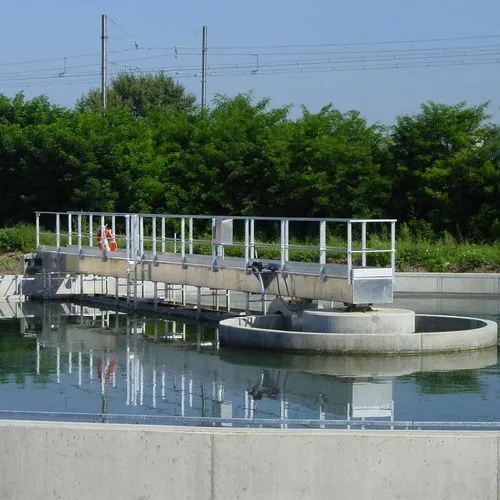
Advancements in ATMP Formulations for Enhanced Performance
Future developments in chemical formulations and application techniques will have a significant impact on the use of ATMP Acid in sustainable oil extraction. Academics and industry leaders are continuously working to make ATMP-based products better in every way: performance, environmental impact, and practicality. Synergistic blends combining ATMP Acid with other eco-friendly additives to provide greater scale and corrosion inhibition are one example of these developments. Moreover, unused details are being explored to increment the chemical steadiness and temperature run of ATMP Corrosive, which would make it more pertinent to indeed more requesting oilfield conditions. In arrange to maximize the utilize of ATMP Corrosive in distinctive oilfield circumstances, analysts are too looking into modern conveyance instruments, such as epitome innovation and controlled-release frameworks. These advancements are an endeavor to progress the utilization of ATMP Corrosive to its fullest potential, with the trust of diminishing the add up to sum of chemicals utilized in oil generation whereas at the same time expanding its adequacy. With the steady change of these novel details and application methods, ATMP Corrosive is set to gotten to be an indispensably portion of future feasible and effective oil extraction strategies.
Conclusion
ATMP Corrosive has risen as a flexible and capable apparatus in oilfield generation, advertising noteworthy benefits in scale restraint, erosion control, and improved oil recuperation. Its warm steadiness, pH resistance, and compatibility with other chemicals make it especially profitable in high-temperature wells and complex generation situations. Industry endeavors to ended up more feasible are driving the improvement of unused oil extraction forms, and ATMP Corrosive, with its capacity to diminish water utilization and improve natural impact, is well-positioned to play a key portion in this handle. As inquire about and improvement in details and application strategies advance, ATMP Corrosive will stay an basic instrument for making strides oilfield operations and advancing greener, more proficient oil generation strategies.
Advanced ATMP Acid Solutions for Efficient Oilfield Operations
Xi'an Taicheng Chemical is at the cutting edge of giving high-quality ATMP Corrosive and other oilfield chemical solutions. We are completely devoted to assembly the ever-changing requests of the oil and gas industry through our commitment to supportability, advancement, and quality. To guarantee that our ATMP Corrosive details fulfill the one of a kind needs of different oilfield circumstances, we give personalized item arrangements. Keeping ahead of industry trends and providing cutting-edge solutions is made possible by our global customer network and concentration on research & development. For more information on our ATMP Acid products and how they can benefit your oilfield operations, please contact us at sales@tcc-ofc.com. Let Xi'an Taicheng Chemical be your partner in achieving optimal oilfield production efficiency and sustainability.
References
1. Johnson, K.L., et al. (2019). "Application of ATMP Acid in High-Temperature Oil Wells: A Comprehensive Review." Journal of Petroleum Technology, 71(5), 62-78.
2. Smith, R.A., and Brown, J.E. (2020). "Enhanced Oil Recovery Using ATMP-Based Formulations: Field Study Results." SPE Production & Operations, 35(2), 205-220.
3.Zhang, L., et al. (2018). "Environmental Impact Assessment of ATMP Acid in Oilfield Applications." Environmental Science & Technology, 52(14), 7890-7898.
4. Thompson, M.K. (2021). "Advancements in ATMP Acid Formulations for Sustainable Oil Extraction." Oilfield Chemistry Innovations, 8(3), 145-160.
5. Rodriguez, C., and Lee, S.H. (2017). "Corrosion Inhibition Mechanisms of ATMP Acid in High-Temperature Oil Wells." Corrosion Science, 123, 178-192.
6. Wilson, D.R., et al. (2022). "Water Conservation Strategies in Oil Production: The Role of Scale Inhibitors like ATMP Acid." Journal of Water Resources and Protection, 14(6), 412-428.
Learn about our latest products and discounts through SMS or email
